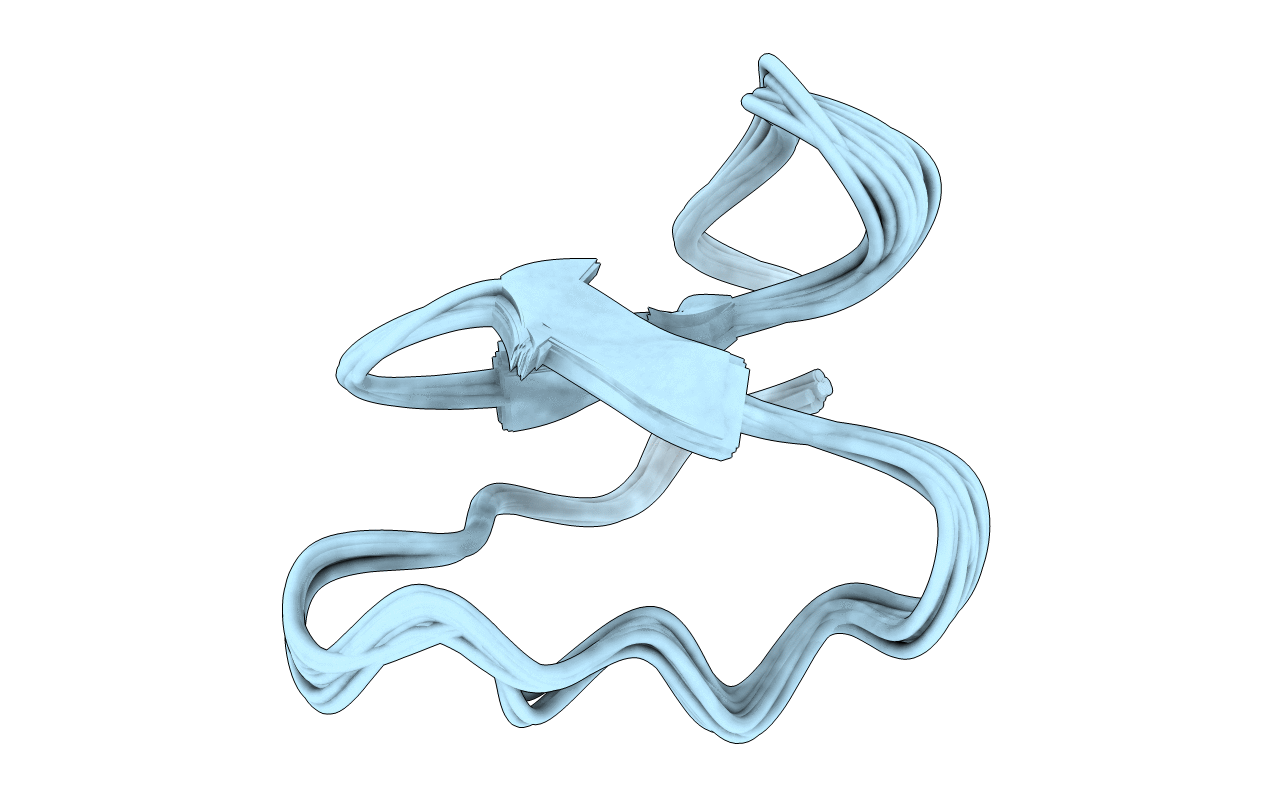
Deposition Date
2003-06-23
Release Date
2004-08-10
Last Version Date
2024-10-30
Method Details:
Experimental Method:
Conformers Calculated:
50
Conformers Submitted:
20
Selection Criteria:
structures with the lowest energy


